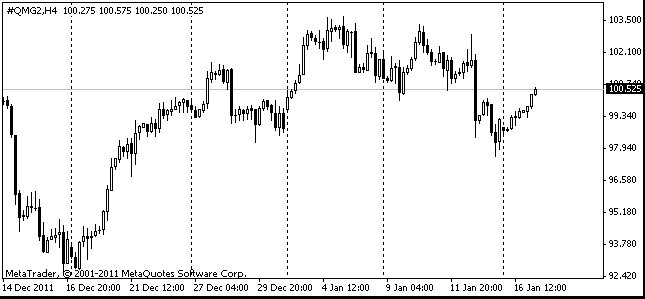EUR/usd
The analysts were cautious in their forecasts about ADP's employment statistics. The company revised not only the calculation method, but also the previous data. As a result, the figures for September have been raised, now pointing to the employment growth of 114K in the private sector. Besides, the fresh October figures now indicate an increase by 158K. Traders couldn't but take advantage of the improvement, which seems to be especially obvious against the background of the figures for August when growth made just 82K. Yet, the good news about the labour market doesn't end here. The unemployment claims have decreased more than expected. The freshest 4-week MA (yesterday we spoke about the week-old stats) is now by 10K less than a month ago, at 367. The continuing claims shrank by 25K. It's a favourable sign, proving that the labour market is creating new jobs. Yet after such revisions first in one direction then in the other one we can't but treat ADP with some distrust. The optimists also can derive additional strength from the ongoing improvement of the consumer sentiment caused by the still-growing Manufacturing PMI from ISM. This indicator has grown up to 51.7 in October against 51.5 a month before. The employment component remains positive, above 50 (the actual figure was 52.1), though it's not as high as a month ago (54.7). The similar ISM index for the non-manufacturing sectors won't be in time for the payrolls, so today's report promises to be really unpredictable. It is surprising that yesterday's positive mood in the labour market helped the American stocks and dollar. Today selling in the euro has continued. eurusd is back at 1.29, just where it was at the beginning of the week. Such activity is not very frequent on the days of unemployment reports. More often, the market fluctuates within a narrow range, not exceeding 20p.

GBP/USD
The sterling has also fallen into disgrace. The two-week high of 1.6170 doesn't yield. By now the sterling has sunk to 1.6085. Of course, it's all about the general strength of the dollar, however unlike the euro the pound had extenuating circumstances in the form of poor statistics. The Manufacturing PMI data proved to be poor. In October the index dropped down to 47.5. The second attempt of EURGBP to break below 0.80 failed. The first one was at the end of the previous week. It seems that the sterling is again favoured more than the euro.

USD/JPY
The yen is again getting weaker. The systematic purchases in usdjpy have again brought the pair to 80.30, where we were a week before. The chart clearly shows gradual purchases from the beginning of the week after the initial disappointment at the BOJ's decision on the asset purchase programme. The high of late June – 80.60 – is in view. The nearest resistance above it is only at 81.70.

oil
This week Oil has formed a slightly upward trend. The ascent is so slight that by now the commodity has managed to demonstrate just a 50% growth against the previous week's close. The chart clearly indicates the support line. However, it doesn't mean much before today's release of the US employment statistics.
